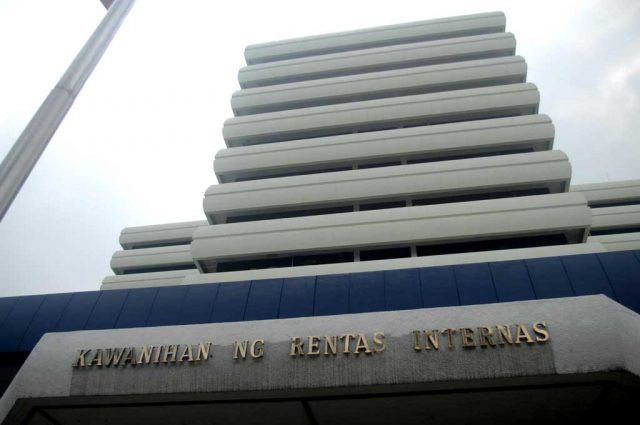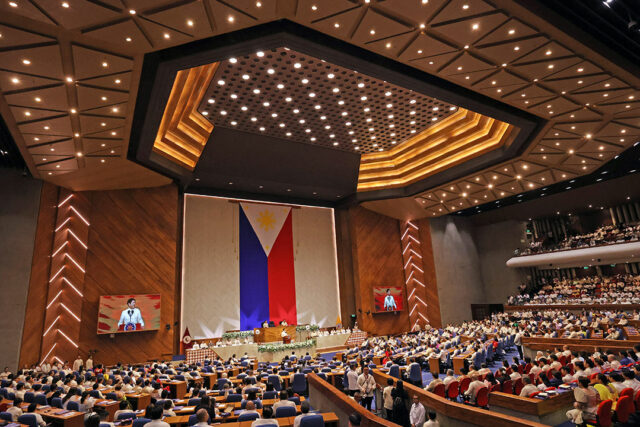With the prevalence of transfer pricing (TP) regimes, keeping up with new rules and guidelines is becoming more crucial. Recently, the Bureau of Internal Revenue (BIR) released draft Revenue Regulations (RR) outlining the proposed implementation of Advance Pricing Agreements (APA) in the Philippines.
Following the release of the draft, the BIR held a public consultation to gather comments from taxpayers.
APA is an arrangement relevant to controlled transactions between related parties that determines an appropriate set of criteria (e.g., TP method, comparables, appropriate adjustments) to set reasonable transfer pricing for those controlled transactions. The draft RR provides that APAs can be valid for a fixed period of up to five years in the Philippines.
APA is a voluntary application by a taxpayer to help mitigate TP audit risk and to reduce the likelihood of double taxation. If the terms and conditions of the APA are met, the covered transactions are shielded from audit and TP adjustments by the tax authorities in the relevant jurisdictions.
The APA process, as outlined in the draft RR, consists of five stages: (1) Early engagement and pre-filing, (2) Formal filing of an APA, (3) Review of the APA application and negotiation, (4) Formal agreement, and (5) Implementation and compliance monitoring. The BIR is targeting a 12–24-month timeline to conclude APA applications (whether unilateral, bilateral, or multilateral), depending on case complexity and taxpayer cooperation.
The initial stages involve meetings between the taxpayers and the BIR to assess the suitability of an APA application for the proposed transactions. During this phase, the draft RR requires the submission of the pertinent documents. Once the taxpayer receives the BIR’s written notification to proceed with the APA, the formal application can then be filed. The BIR’s notification must be issued not later than four months before the APA period being applied for begins, and taxpayers must submit their formal application within three months of receiving notification.
However, if the BIR determines that the covered transaction is not suitable for an APA, the taxpayer must be notified in writing within 30 days from the last pre-filing meeting, including the reasons for non-acceptance. Unfortunately, the current draft RR does not specify the grounds for non-acceptance.
It would be reasonable to set explicit criteria for non-acceptance of APA applications to guide taxpayers and ensure fair consideration of their applications. For instance, in Malaysia, an application will be denied if the tax authority, upon reviewing the submitted documents, concludes that the proposed transaction involves a tax avoidance scheme or the arrangements involve improper use or abuse of the application of a tax treaty to obtain an unintended benefit.
Moreover, Malaysia provides taxpayers with the opportunity to respond and make further representations within 30 days from receiving a denial. The subsequent decision by Malaysian tax authorities is then considered final. Implementing a similar mechanism in the Philippines could benefit taxpayers by providing an avenue to further support their application and negotiate with the BIR. This approach also aligns with the due process requirements during tax audits.
At the Implementation and Compliance Monitoring stage of an APA application, once a formal agreement is concluded between the taxpayer and the relevant tax authorities, the taxpayer must file an Annual Compliance Report (ACR) with the BIR’s APA division. This report must be submitted on or before the income tax return filing deadline to confirm adherence to the APA terms and the critical assumptions underlying the transfer pricing method throughout the covered period. Additionally, a copy of the report will be forwarded to the taxpayer’s registered Revenue District Office (RDO).
Failure to file the ACR on time or comply with the APA terms will lead to the APA’s cancellation or revocation. This is a key consideration for taxpayers to note, as the draft regulations state that the APA division will recommend a TP audit by RDO in the event of such cancellation or revocation.
Similar procedures are observed in neighboring countries like Indonesia and Malaysia, where APA cancellation or revocation may likewise trigger a TP audit. Needless to say, taxpayer cooperation is essential to the successful conclusion and continued validity of an APA. Strict compliance with APA terms and documentary requirements not only prevents TP audit risks but also maintains the agreement’s integrity.
This significant development demonstrates the BIR’s intention to establish clear guidelines for implementing APAs in the Philippines while considering practices from neighboring countries. The contents of the draft RR reveal that the proposed rules are largely comparable to the APA regulations of other Asia-Pacific countries. For example, the proposed stages of the APA process align with the rules in Singapore and Malaysia, and certain timelines within the APA process are notably similar to those of Singapore.
Finally, considering the nature of an APA, TP documentation is a key component of an APA application. Taxpayers are required to submit a detailed TP analysis as early as the pre-filing stage. This analysis should include a discussion on the selected TP method and its rationale, the profit level indicator, comparable prices or margins, the commercial database used, and the arm’s length result.
As these elements are expected to be included in a TP documentation prepared in compliance with Philippine TP rules, the documentation may serve as a reliable support for the taxpayer’s proposed TP method and pricing for the covered transaction of the APA. Thus, it is strongly recommended that APA applicants ensure full compliance with TP documentation requirements. Adhering to these standards can significantly support APA applications and enhance the development of APA practices in the Philippines.
The views or opinions expressed in this article are solely those of the author and do not necessarily represent those of Isla Lipana & Co. The content is for general information purposes only, and should not be used as a substitute for specific advice.
Joyce Anne Boaloy is a manager at the Tax Services department of Isla Lipana & Co., the Philippine member firm of the PwC network.
+63 (2) 8845-2728
joyce.b.boaloy@pwc.com












